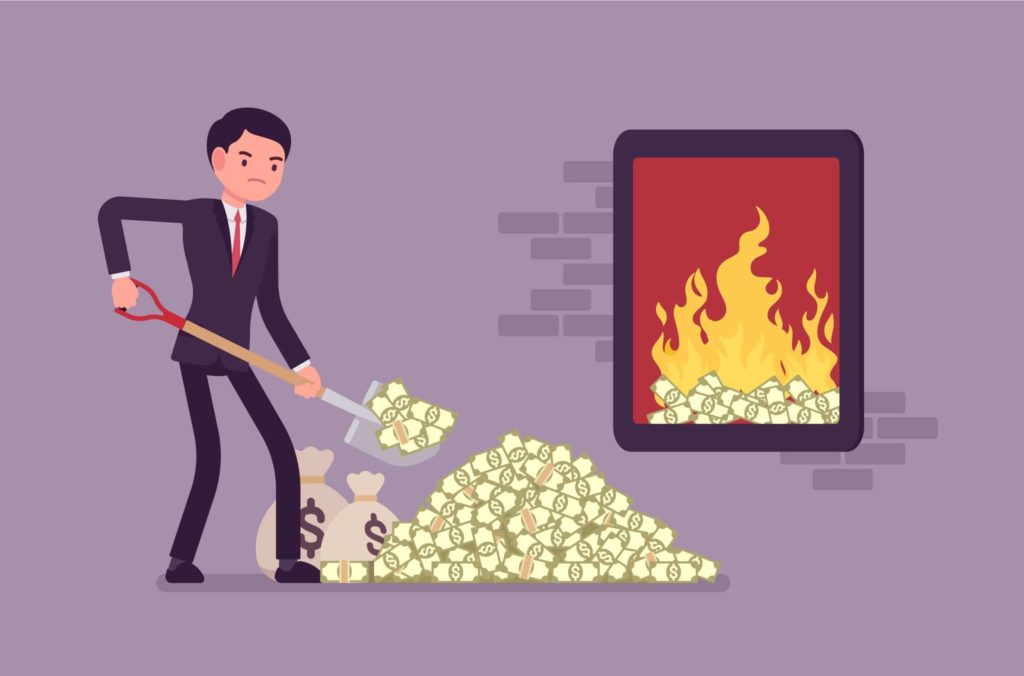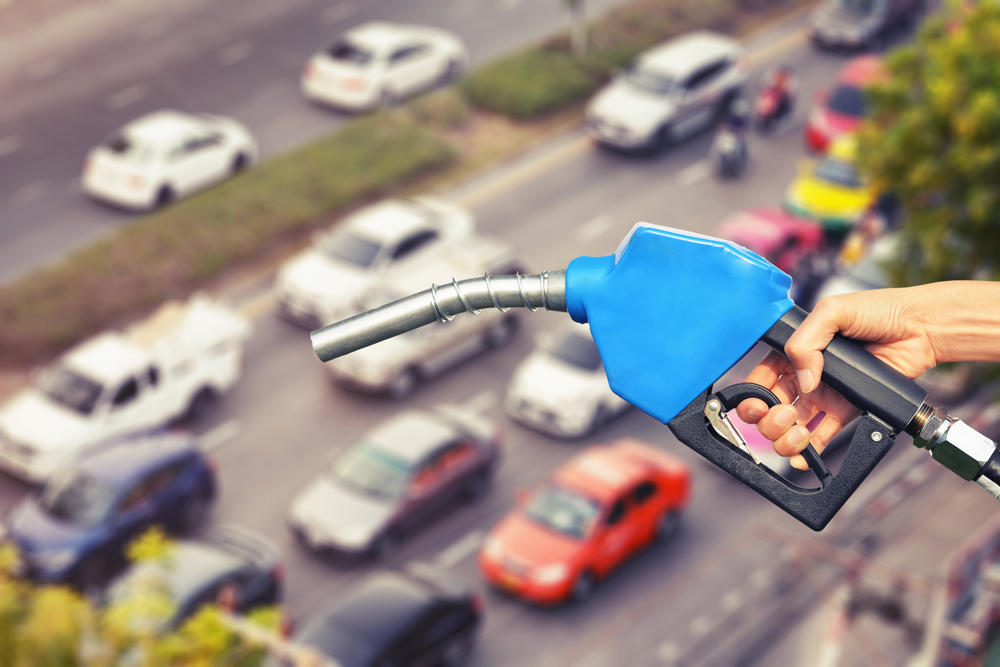
- Products
- Solutions
- Learn
- Partner
- Try Now
The rising fuel prices have been exhausting many industries.
With retailers being forced to raise prices for their products, consumers are becoming increasingly more reluctant to shop online and as a result, many retailers are starting to feel the pinch.
- What is the Issue at Hand?
- Driving in a high-priced world
- What do big retail giants have to say about the rising fuel prices?
- The Impact on Consumers and Retailers
- How Can Retailers and Brands Deal With This Challenge?
- The inception of e-bikes for delivery
- The Need of the hour
- Why choose Tookan as a delivery management platform in the era of fuel price inflation?
What is the Issue at Hand?

The main factors affecting fuel prices are:
- The increasing cost of crude oil
- Price charged to dealers
- Commission for dealers
- Sales Tax
- Taxes imposed by the government
- Increasing demand for fuel
Along with it, the price of Brent crude oil is projected to rise by more than 40 per cent this year because of war-related disruptions, trade and production.
Due to the rising inflation in the European region, Ocado said it has “moved certain retail prices” to reflect soaring costs faced by the grocery industry across the UK and warned that the scale of food inflation this year is “difficult to predict”.
Prime memberships on Amazon for new members have already been raised by 18% from $99 to $119 due to rising costs.
Even if we dig deeper, Amazon is not alone.
Any company dealing with last-mile deliveries – such as FedEx, UPS, or DHL – will have to come up with a way to deal with this challenge, which is currently out of their hands.
Driving in a High-Priced World

Let’s say you commute seven miles per day and get 26 miles per gallon.
With the current average prices, driving to work would cost $10.25 in May 2022.
And if you love 30 miles away, the cost of driving to work would be $43.97 per week.
Kent Satrang, CEO of Petro Serve USA in Fargo, estimates that based on current trends, the average family in their area will spend around $2,500 more this year on Fuel.
Furthermore, fuel prices can impact employment levels by affecting both production costs and consumption patterns in different sectors.
For example, higher fuel prices will lead to higher costs for companies to produce goods or provide services (such as grocery delivery), which could lead to fewer jobs being created or increased layoffs.
What do Big Retail Giants Have to Say About the Rising Fuel Prices?

- Amazon
With regard to fuel prices, Amazon Flex drivers are at a more vague stage. Many Flex workers have protested and called for similar surcharges to cover the temporary rise in fuel prices.
Amazon is closely monitoring the situation and is going to continue to make changes to help support its partners.
- ASDA
At the same time, Asda has announced that it will directly pass on the reduction in fuel duty to its customers. In addition to the reduction in price, the supermarket will reduce the VAT by 1p per litre.
- Sainsbury’s
Meanwhile, Sainsbury’s is passing on its price cuts to its customers – reducing the price of a litre by 6p, including a 1p VAT reduction.
The Impact on Consumers and Retailers
Petroleum is used in many products we buy, including aspirin, apparel, lipstick, toothpaste and solar panels.
For example:
- Cosmetics: Many cosmetics are made from paraffin wax, derived from petroleum.
- Clothing: 60% of clothing worldwide is made from polyester, a synthetic petroleum fibre.
- Rugs: Synthetic fibres such as olefin and nylon are made in petroleum refineries.
- Cheese, produce and chewing gum: There’s a reason the price of chewing gum is up 7%.
How Can Retailers and Brands Deal With This Challenge?

Fundamentally, oil is present in every phase of consumerism.
The retail industry and brands can help consumers understand how barrel cost relates to them.
Here are a few simple steps:
- Don’t go into too much detail. For example, we’ll dim lights to save electricity.
- Buy local and sell locally.
- Please take feedback.
- Give them something valuable as a reward.
- Use your own delivery management system
The Inception of e-Bikes for Delivery
Electric and semi-electric vehicles are becoming popular day by day.
eBikeGo, an Indian electric mobility company is on the news and has 1,00,000 charging stations across the country.
E-bikes are a great solution for delivery companies as they can be used to deliver goods without the rider having to pedal and most importantly, without the need for any fuel.
The electric motor provides an extra boost of power when the rider needs it, while also making the ride easier.
E-bikes have been around for decades but with new innovations in battery technology, they’re becoming more and more popular.
In some countries, e-bikes are even replacing cars for short distances as they provide a cheaper and more environmentally friendly alternative to petrol or diesel-powered vehicles.
The Need of the hour
A lot of eCommerce companies are facing the effects of rising fuel prices. They are looking for ways to cut down on their costs and one way to do this is by cutting back on deliveries.
The quick delivery option that many companies offer, has become a major expense for eCommerce companies in recent months.
With the price of fuel going up, it’s getting more expensive to deliver products to customers quickly and it’s becoming harder for these companies to compete with brick and mortar stores that don’t have these delivery costs.
Why choose Tookan as a delivery management platform in the era of fuel price inflation?
Due to the rising fuel cost, with the shortage of gig workers, supply chain efficiency and the last mile delivery have become more important.
To save money on fuel, one needs to optimally handle orders and their deliveries.
Almost every sector nowadays, including, retail, food, groceries, medicines, etc. receives multiple clusters of deliveries to be done, nearby & distant.
And of course, the times of delivering at a certain place and then going back around the same place for another delivery has gone.
Considering petrol and diesel expenses more than anything, the delivery businesses need to opt for a smarter management tool to handle the delivery of their orders.
With Tookan, one can easily optimize hundreds of deliveries in a single go which helps the drivers show optimum routes for their deliveries and easy navigation to all of them.
Moreover, you can club your drivers and assign them the tasks according to a particular geofence so that every driver need not go to every place.
What if your order requires multiple drivers to be sent?
Don’t worry, you don’t have to send them separately on their vehicles, rather you can also assign multiple drivers to one task, thus saving fuel cost of the vehicles.
There’s a lot more than you can explore with Tookan and that can prove you a savings bumper from the fuel inflation.
Many delivery businesses have already taken a smart decision of opting for Tookan for themselves and hoping to save 40% of the fuel cost.
Sign up on Tookan for a free 14-day trial and check out the features today.
Subscribe to stay ahead with the latest updates and entrepreneurial insights!

Subscribe to our newsletter
Get access to the latest industry & product insights.





















